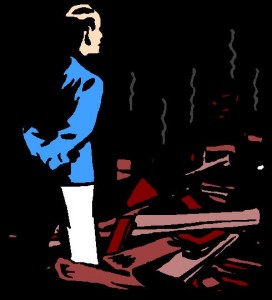Commercial Due Diligence
A commercial real estate environmental inspection is used to determine cleanup or any contamination of commercial property, while pinpointing liability concerns. The most popular environmental inspection is called a Phase I which uses the standard called ASTM E1527-05 EP AA I.
The engineering firm will use the following tools to evaluate the commercial property that is under inspection:
Site reconnaissance Historical records Government records Other available information sources
Also surrounding properties that have issues may or can migrate into your commercial property.
Time and Cost for due diligence
:
The average turn time for a commercial real estate environmental inspection is 3 weeks and cost is approx $2000, You can order only pieces of Phase I to be done, if that is the case then it can be used for business decisions or renegotiation strategies . If it is not a complete inspection then it will not cover CERCLA I or no Landowner protection.
You can expedite and associated fees do exist for this , some information that is gathered from other sources can take weeks such as fire department , etc.. so this will add to your turn time.
Hiring a Professional to do the inspection:
When a Phase I is required during your commercial property due diligence, it is important that it be conducted by an engineer / Phase I professional who has the education and credentials that are required,you always give the consultant-engineer as much information as possible about the property in question such as it’s history, zoning etc..
Getting a hold of older reports are critical from the seller this helps expedite the reporting , additional add-ins can be lead based paint, asbestos , radon, mold and Chinese drywall
If there is a statement of “No Further action Required” then you are ok, however if that does not exist and there is a REC known as a Recognized Environmental Condition you will need a Phase II inspection done
Big Red Flags – gas stations, dry cleaners , land fills, oil wells and oil fields. Former or existing dry cleaners that use PCE cause a lot environmental issues. Methane gas is an issue with a land fill
Some more : Industrial use with sumps or drains , Auto repair (former)
Historical city directories can be used to see who occupied the space previously all the way back to the 1800’s.
When you see a REC , a Phase II study is typically required, this will cover the following:
Soil, Groundwater, Soil Vapor and Indoor Air for vapor intrusion
Remedial cost estimates are done by characterizing the site during the Phase II , remedial costs can be used to renegotiate the price of the property.

